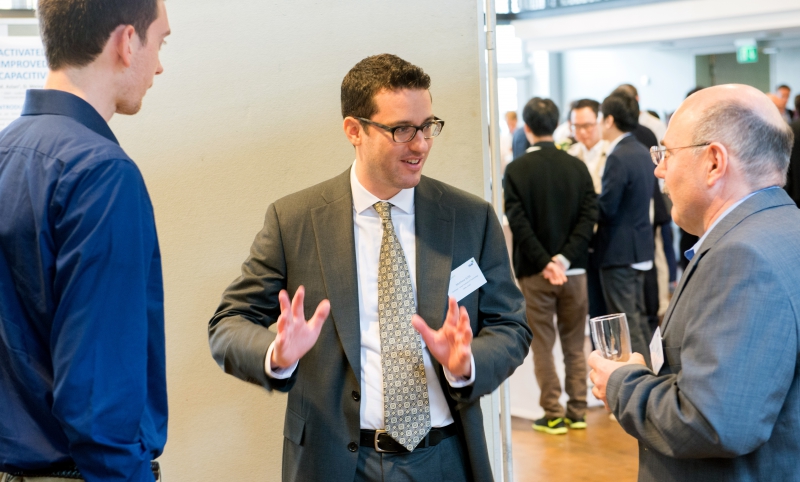Currently CDI devices consume significantly more energy than the theoretical thermodynamic minimum, and this is partly due to resistive power dissipation. To enhance the performance of CDI, identification of resistances in the CDI cell is important. Recently, two articles have been published on characterizing resistances in CDI and membrane-CDI (MCDI).
Researchers from Stanford University (US) published an article in Environmental Science and Technology. They characterize electrical resistances in a CDI system, present an equivalent circuit model and propose measurable figures of merit to describe cell resistance. They also found that contact resistance between current collectors and porous electrodes is the major contributor to cell resistance in nearly all published CDI cells. Contact resistance can be reduced by either introducing contact pressure between current collectors and electrodes or using pore-filling adhesive to create a point contact configuration. They emphasize here that energy consumption of the CDI process is the unrecoverable dissipated energy during an operation cycle, which should not include stored capacitive energy.
Researchers from Wageningen University and Wetsus (The Netherlands) published an article in Water Research. They outline a method to identify electronic and ionic resistances. They illustrate their method by calculating the resistances in an MCDI cell, for which they derived a full-scale model. This model is validated against experimental data and used to calculate the ionic resistances across the MCDI cell. Furthermore, they present a way to measure ionic and electronic resistances in a CDI cell, as well as establish the spacer channel thickness and porosity after assembly of the MCDI cell. Based on their findings, they show that, for MCDI, the carbon electrode thickness can be increased without significantly increasing energy consumption, which has the advantage that desalination time can be lengthened significantly.
* Y. Qu, T.F. Baumann, J.G. Santiago, M. Stadermann, Characterization of Resistances of a Capacitive Deionization System, Environ Sci Technol, 49 (2015) 9699-9706.
* J.E. Dykstra, R. Zhao, P.M. Biesheuvel, A. van der Wal, Resistance identification and rational process design in Capacitive Deionization, Water Research, 88 (2016) 358-370.




























